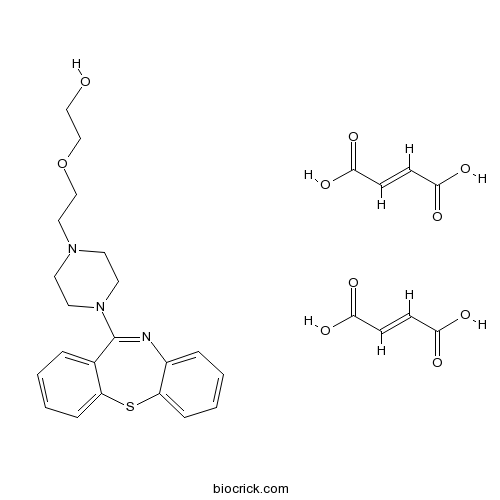Products for Miscellaneous
-
BCN5822
3-(Hydroxymethyl)cyclopentanol
Botanical source: The fruits of Illicium verum(CAS NO.:1007125-14-5)
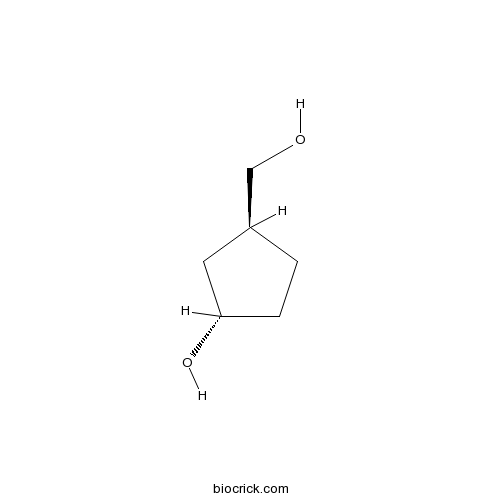
-
BCN2566
Stachyose
Botanical source: The herbs of Lycopus lucidus(CAS NO.:10094-58-3)
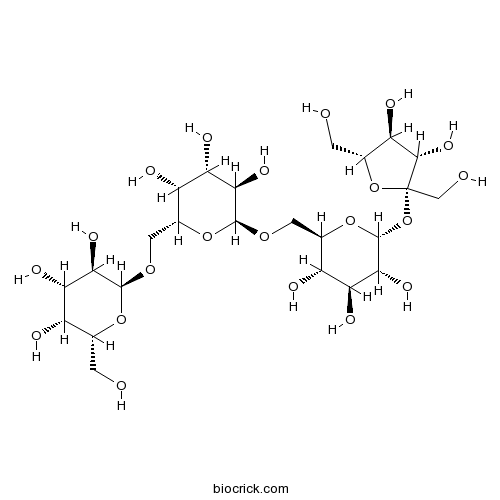
-
BCN2430
Cyclo(Hpro-Leu)
Botanical source: The Pantoea agglomerans(CAS NO.:1016899-93-6)
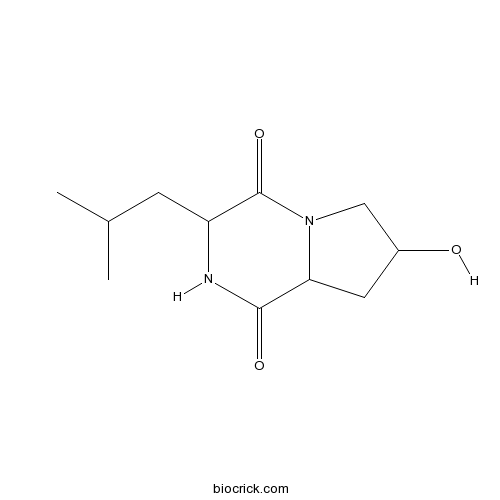
-
BCN2425
Cyclo(Phe-Hpro)
Botanical source: The roots of Rubia schumanniana Pritzel(CAS NO.:1016899-94-7)
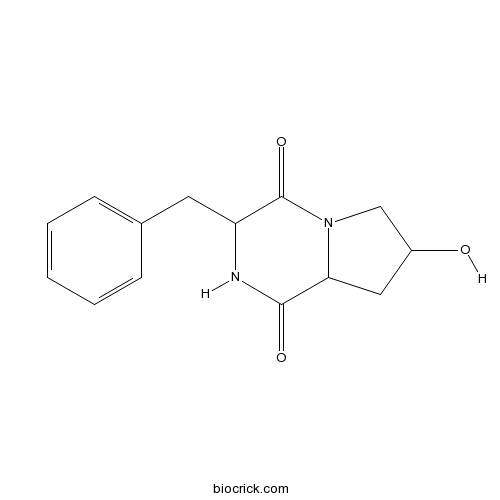
-
BCN2281
Protosappanin B
Protosappanin B is a phenolic compound extracted from Lignum Sappan. Anti-cancer activity. Protosappanin B induces apoptosis and causes G1 cell cycle arrest in human bladder cancer cells.(CAS NO.:102036-29-3)
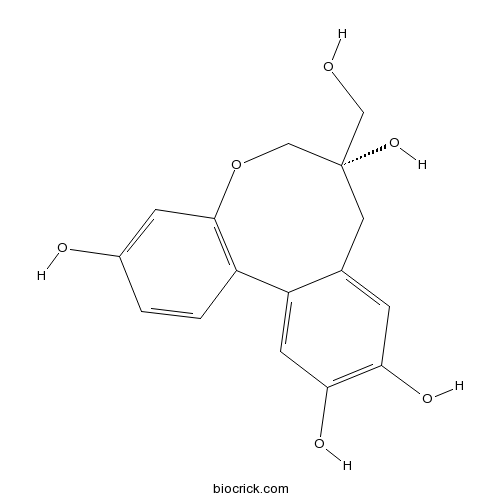
-
BCN5842
D-Pinitol
D-pinitol (3-O-Methyl-D-chiro-inositol) is a natural compound presented in several plants, like Pinaceae and Leguminosae plants. D-pinitol exerts hypoglycemic activity and protective effects in the cardiovascular system. D-pinitol has antiviral and larvicidal activities.(CAS NO.:10284-63-6)
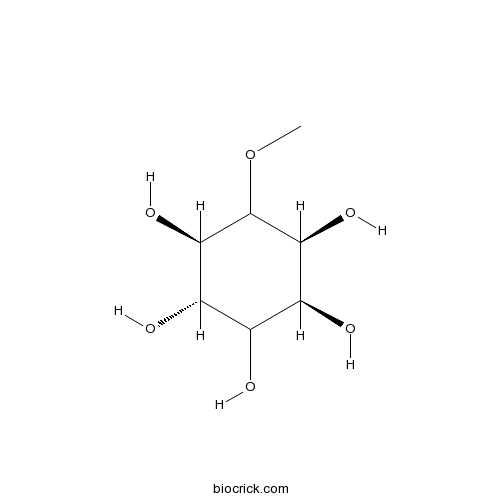
-
BCN3791
D-Arabinose
D-arabinose is an endogenous metabolite.(CAS NO.:10323-20-3)
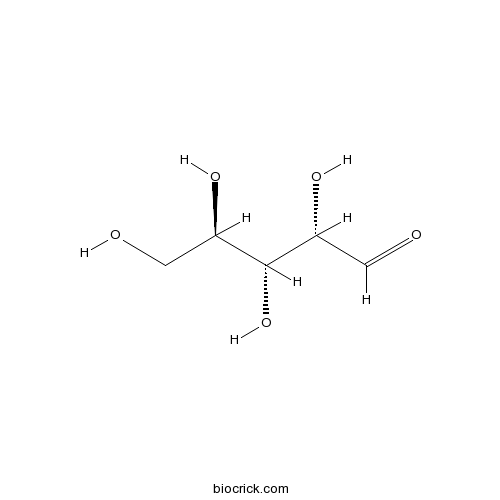
-
BCN2410
Cyclo(Ile-Val)
Botanical source: The roots of Panax notoginseng (Burk.)F.H.Chen(CAS NO.:104068-43-1)
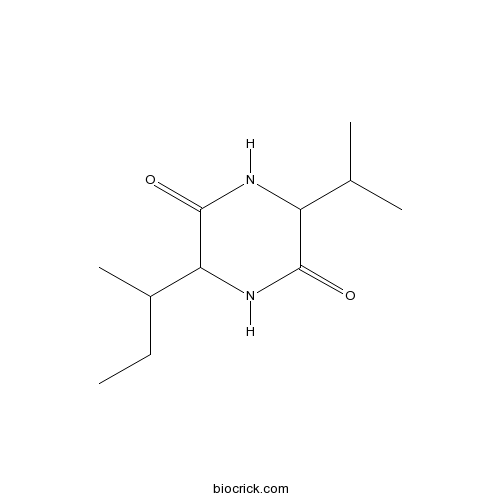
-
BCN3067
Deoxymorellin
Botanical source: The herbs of Garcinia hanburyi Hook. f.(CAS NO.:1064-34-2)
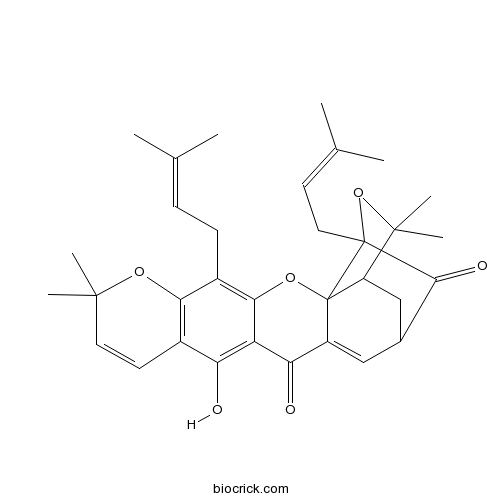
-
BCN1751
N-Methyltaurine
Botanical source: The Ptilota pectinata(CAS NO.:107-68-6)
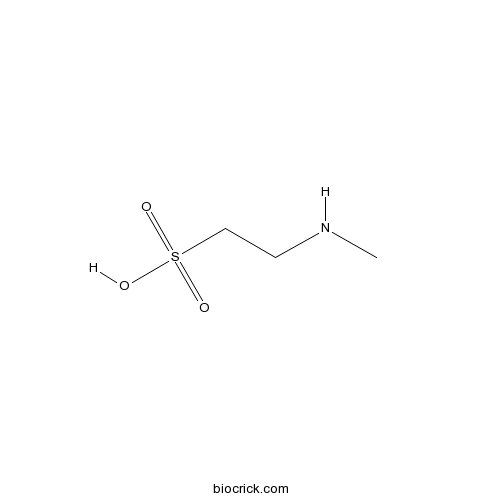
-
BCN2744
Sarcosine
Sarcosine is a glycine transporter type 1 (GlyT) inhibitor and an N-methyl-D-aspartate (NMDA) receptor co-agonist at the glycine binding site.(CAS NO.:107-97-1)
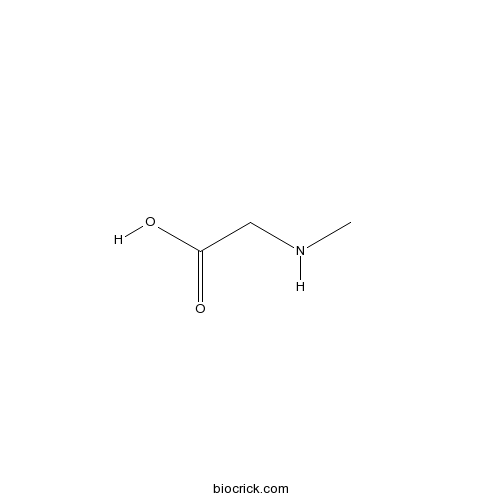
-
BCN1759
O-Phosphorylethanolamine
Phosphorylethanolamine is an endogenous metabolite.(CAS NO.:1071-23-4)
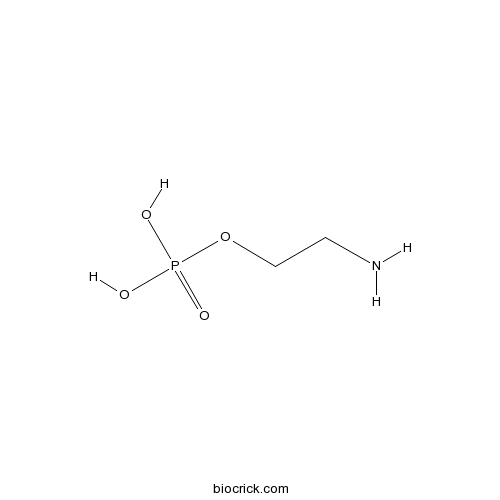
-
BCN6278
Epigoitrin
Epigoitrin is a natural alkaloid from Isatis indigotica, with antiviral activities. Epigoitrin reduces susceptibility to influenza virus via mitochondrial antiviral signaling.(CAS NO.:1072-93-1)
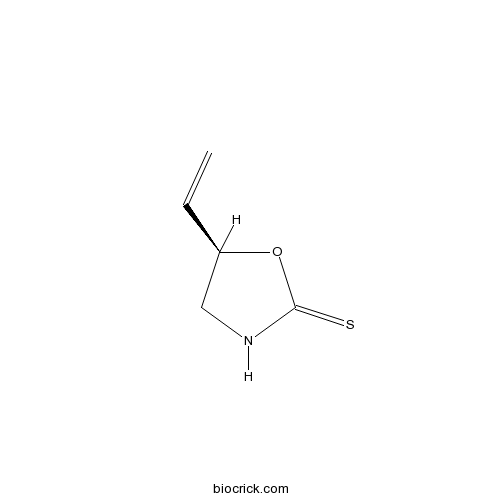
-
BCN5874
Cleroindicin B
Botanical source: The herbs of Clerodendrum indicum(CAS NO.:107389-91-3)
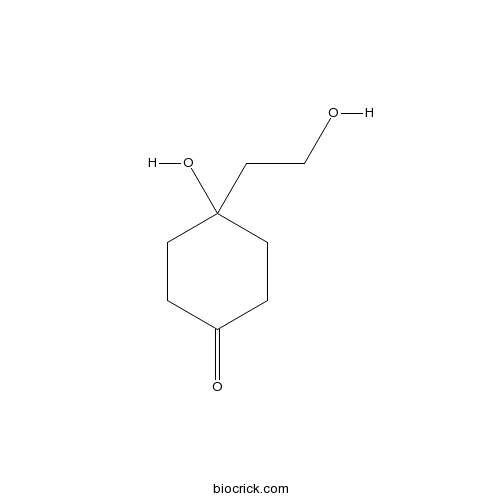
-
BCC9198
beta-Lipoic acid
Botanical source: (CAS NO.:6992-30-9)
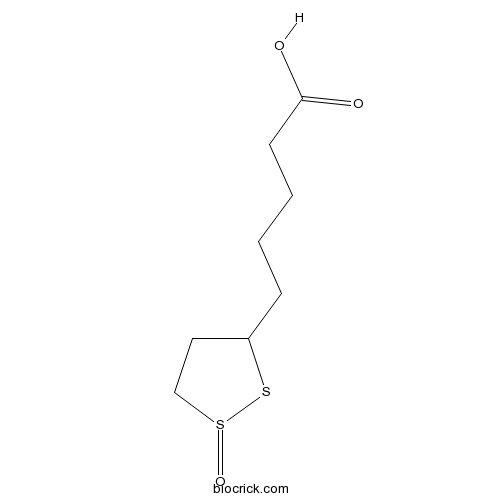
-
BCN3498
6-Methyl-5,6-dihydropyran-2-one
Botanical source: The herbs of Sorbus aucuparia(CAS NO.:108-54-3)
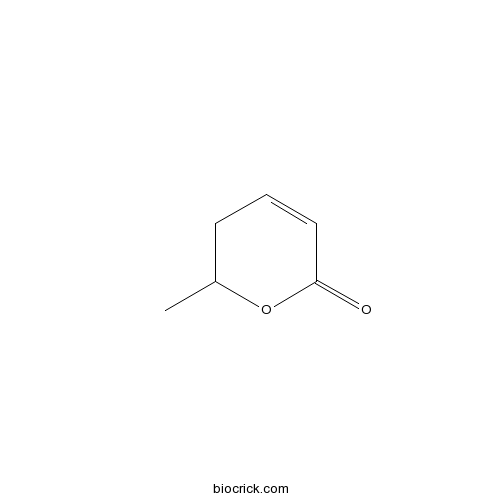
-
BCC8220
N-Valeric acid
Pentanoic acid, a short-chain fatty acid, is a product of bacterial metabolism and are associated with allergic skin disorders. Pentanoic acid activates ROCK signaling pathway.(CAS NO.:109-52-4)
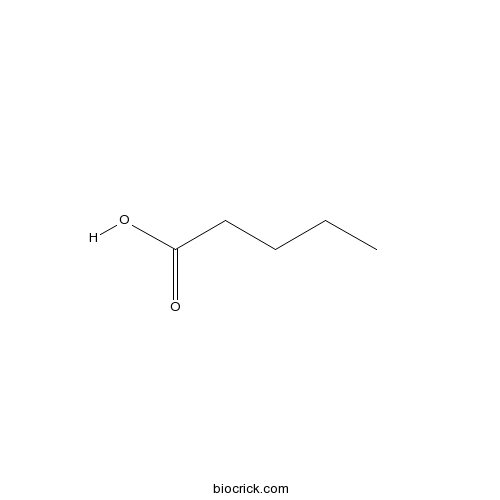
-
BCN3079
9R-10alpha-Hydroxyepigambogic acid
Botanical source: The herbs of Garcinia hanburyi Hook. f.(CAS NO.:1097882-33-1)
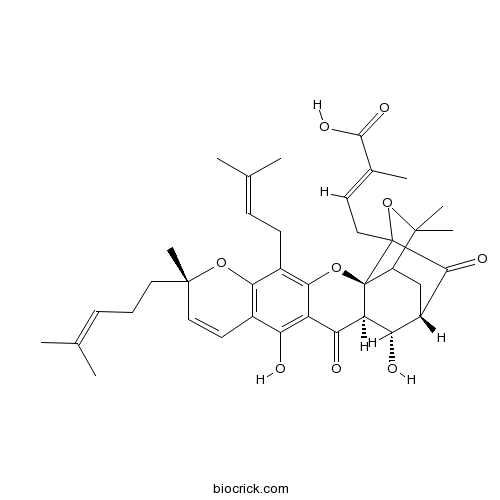
-
BCN5890
Succinic acid
Succinic acid is an intermediate product of the tricarboxylic acid cycle, as well as one of fermentation products of anaerobic metabolism.(CAS NO.:110-15-6)
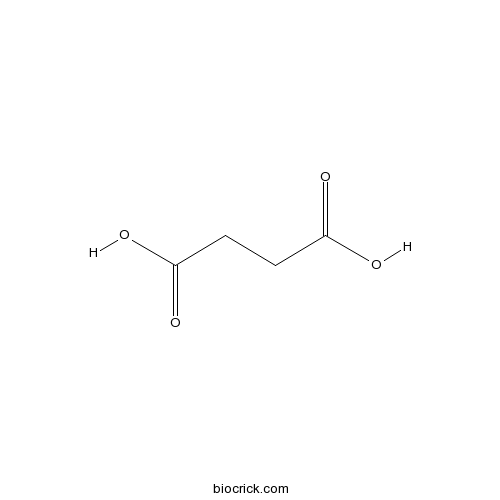
-
BCN5989
Fumaric acid
Fumaric acid, associated with fumarase deficiency, is identified as an oncometabolite or an endogenous, cancer causing metabolite.(CAS NO.:110-17-8)
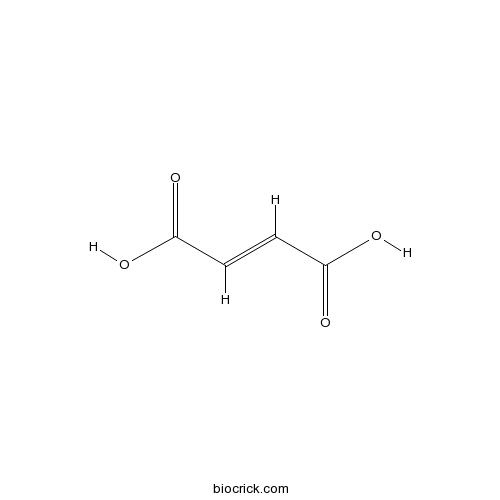
-
BCN2218
Sorbic acid
Sorbic acid, isolated from Sorbus aucuparia, is a naturally occurring, highly efficient, and nonpoisonous food preservative. Sorbic acid generally is an effective inhibitor of most molds and yeasts and some bacteria.(CAS NO.:110-44-1)
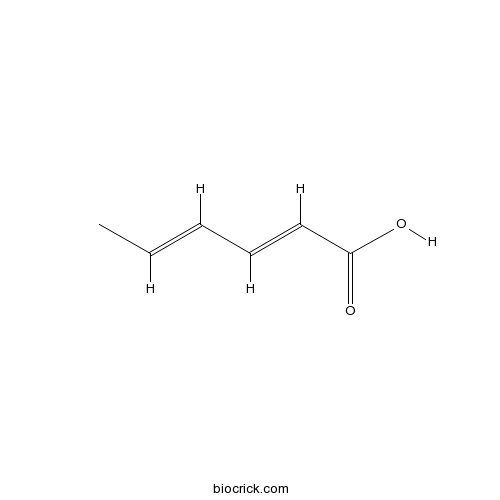
-
BCN8352
Santalol
Santalol is a mixture of α and β-isomer santalol. α-santalol is isolated from sandalwood oil. α-santalol is a promising anti-cancer agent against cancers such as oral, breast, prostate and skin cancer.(CAS NO.:11031-45-1)
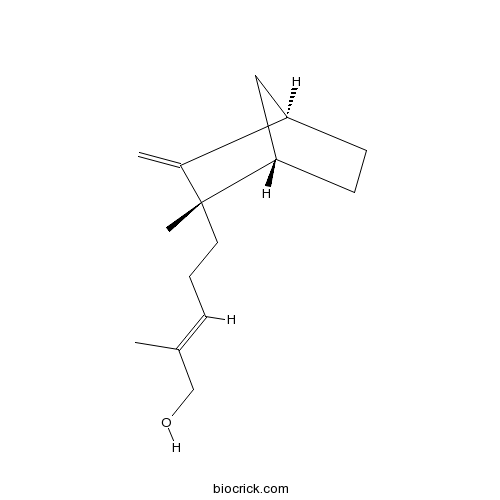
-
BCN6768
1,2-O-Dilinoleoyl-3-O-beta-D-galactopyranosylracglycerol
1,2-O-Dilinoleoyl-3-O-Beta-D-Galactopyranosylracglycerol is isolated from the flower of Magnolia denudate.(CAS NO.:111187-15-6)
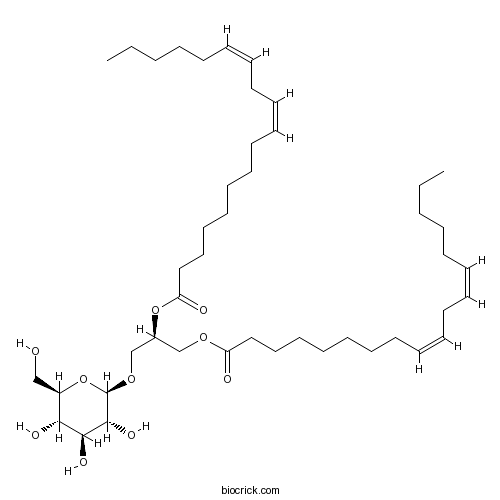
-
BCN1800
2-Guanidinoethanesulfinic acid
Botanical source: The Phascolosoma spp.(CAS NO.:1119-54-6)
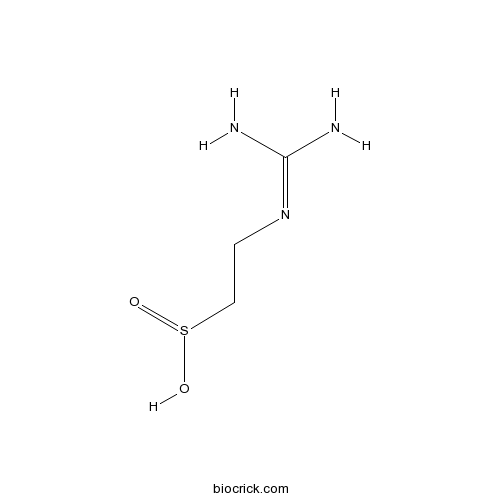
-
BCN5339
Quetiapine fumarate
Quetiapine hemifumarate is a 5-HT receptors agonist with a pEC50 of 4.77 for human 5-HT1A receptor. Quetiapine hemifumarate is a dopamine receptor antagonist with a pIC50 of 6.33 for human D2 receptor. Quetiapine hemifumarate has moderate to high affinity for the human D2, HT1A, 5-HT2A, 5-HT2C receptor with pKis of 7.25, 5.74, 7.54, 5.55. Antidepressant and anxiolytic effects.(CAS NO.:111974-72-2)
